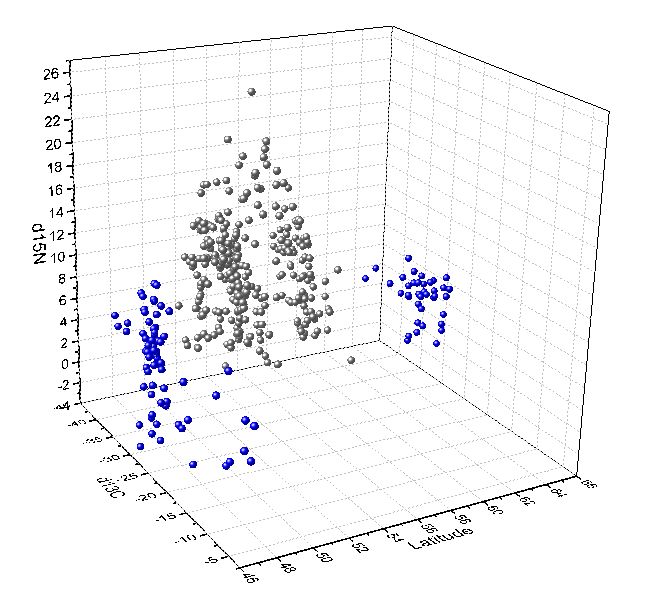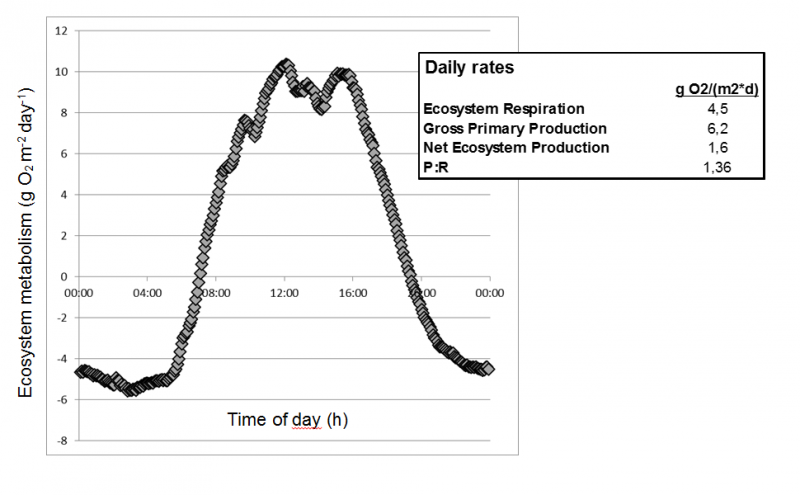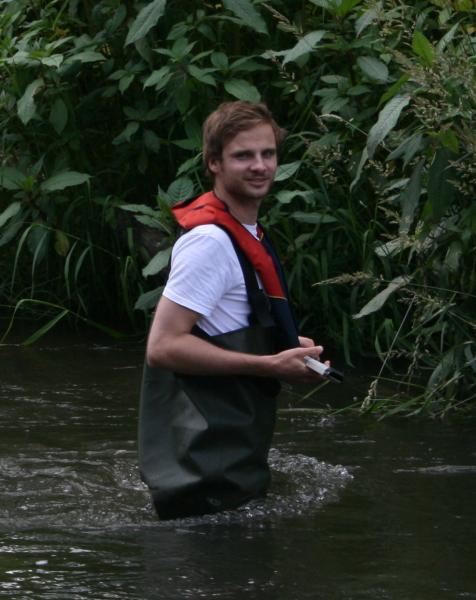About "PhD research in REFORM"
In the newsletter items dedicated to PhD research in REFORM, PhD students introduce the topic and the initial results of their research.
Introduction
Success or failure of river restoration projects is mainly assessed using variables of structural nature, e.g. the composition of biological assemblages. Functional components, even though widely investigated in ecological studies dealing with aquatic systems, are less commonly used for monitoring the effects of river restoration and the current scientific understanding is still limited. Functional indicators might respond and reveal effects of river restoration in an earlier stage compared to biological assemblages.
Objectives
The general objective of this PhD thesis is to improve the knowledge about effects of river restoration on selected functional components. In particular, effects of river restoration on (1) patterns in the food-web structure and (2) the self-purification potential are investigated.

Figure 1: Food web components sampled for stable isotope analysis. First set of analysis focused on trophic structure of macroinvertebrate communities (figure: Benjamin Kupilas).

Figure 2: Injection of a conservative tracer (Amidorhodamin G) (photo: Benjamin Kupilas).
Approach
In the following, the methods applied to investigate the effects of restoration on patterns in the food-web structure and the self-purification potential are presented.
- We applied stable isotope analysis (15N and 13C) in context of river restoration. We sampled different components of food webs on paired restored and degraded sections of rivers in 20 different catchments throughout Europe. This set of components will be used to quantitatively characterize patterns in trophic structure on restored and degraded river sections (see e.g. chapter 2.2.1 in http://en.wikipedia.org/wiki/Isotope_analysis for further explanation on stable isotope analysis (15N and 13C)).
- For the investigation of the self-purification potential, we studied paired restored and degraded sections of the river Ruhr in Germany. We used whole-stream metabolism and hydrodynamic characteristics as indicators for self-purification. We measured dissolved O2 and water temperature at the upstream and downstream ends of each section. Other necessary variables (stream morphology, discharge, velocity, barometric pressure and reaeration) were determined in parallel. For the estimation of stream hydrodynamics, we conducted a conservative tracer experiment (Figure 2).
Preliminary Results
- Preliminary results concerning food webs show that the dataset is subject to large-scale patterns on European level (latitude, altitude, geology and land use intensity) influencing carbon and nitrogen enrichment (Figure 3). The results underline the necessity to limit comparisons to sites within a region, as large-scale differences mask the effects of restoration on patterns in the food-web structure.
-
The fieldwork on self-purification is almost finished. Preliminary results of metabolic rates for a restored section of the river Ruhr indicate high rates of gross primary production and lower rates of community respiration (Figure 4). The calculation of metabolic rates and hydrodynamical characteristics will be completed within the upcoming months.

Figure 3: δ13C and δ15N of dataset plotted against latitude (grey: areas with high δ15N-enriched samples; blue: areas with less δ15N-enriched samples) (figure: Benjamin Kupilas).

Figure 4: Ecosystem metabolism for a restored section of the river Ruhr (2.3 km) on 10.08.2013 (figure: Benjamin Kupilas).
Further links
REFORM Deliverable 4.3 Effects of large- and small-scale river restoration on hydromorphology and ecology
Author
Benjamin Kupilas, University of Duisburg-Essen

